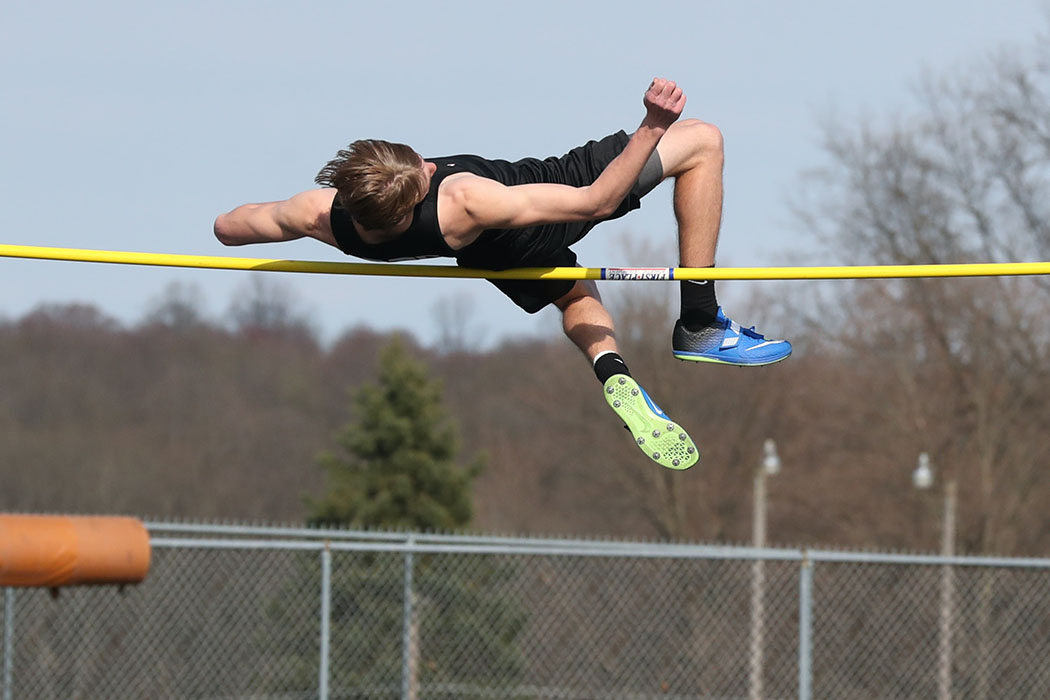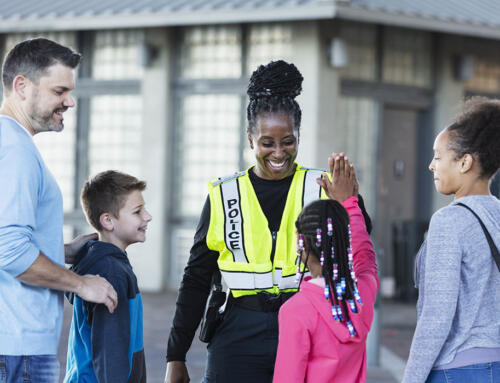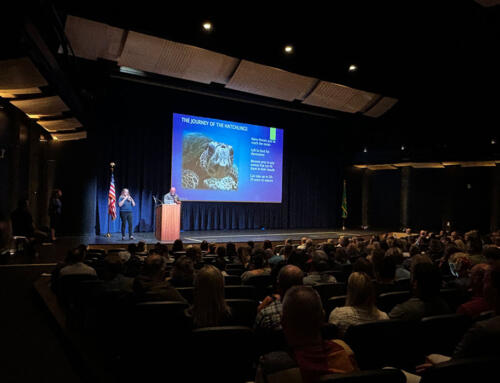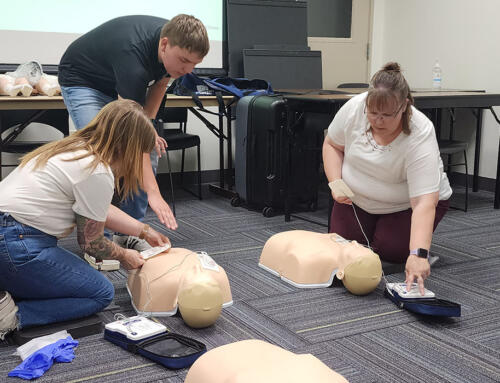Track and field athletic competition has an inherent risk of injury for the competitors, as well as those involved with the competition, including officials, meet staff and spectators. Events must be conducted and supervised with care. The following are ways to increase the safety of your athletes, staff, and spectators.
Jumping events (high jump, long jump, triple jump and pole vault) present dangers primarily to the athlete. General safety recommendations for jumping events include:
- Wood or concrete edges to the pits should be flush with the surrounding ground.
- Fill the sand pit with fresh sand at least 12 inches deep. The sand used in all pits should be turned over and loosened as packed sand is a frequent cause of injury. The sand should be raked to create an even surface.
- Pits should be carefully examined for hidden sharp objects, broken glass, etc., before use.
- It is important to ensure that all run up areas are well-maintained, especially at take-off points. In wet weather, check for slippery spots.
- The take-off boards should be checked for excessive wear.
- Athletes, teachers, coaches and officials should take particular care to ensure that no jump is made while the pit is being dug or raked, and that spades, forks and rakes are not left where they can cause injury.
- The landing pad is a very important item in the high jump and the pole vault. No jumping should occur unless all the padding is in place. The pads should be properly attached together so no gaps or separations exist. Inspect your pads for deterioration. If the athlete is close to “bottoming-out”, it is time to replace.
Throwing events introduce risks to other athletes, officials, event staff and spectators. Competition safety recommendations include:
- Do not hold a throwing event unless trained personnel are available to conduct the event.
- Instruct all athletes and implement safety rules and regulations prior to allowing them to throw or compete. Do not permit additional throws after competition.
- Use a field marshal to make sure no athletes or spectators enter the sector or warm-up area.
- Rope off the throwing area or post bright orange cones and warning signs.
- All throwers should stand well behind the appropriate circle or scratch line and remain there until the appropriate time to make a throw. At no time is a student allowed into the throwing area while a teammate still possesses an implement.
- The thrower should make sure that there is no one in the landing area, approaching the landing area, or in possible line of flight of the implement before the throw is made.
- After throwing, the thrower should remain behind the circle or scratch line and must not immediately retrieve the implement. Only when the order to “recover implements” is given are the throwers allowed to retrieve their implements under the direction of a coach or designated teacher. The athletes are directed to retrieve their implement so that they are always in vision of the runway or throwing area. Under no circumstances should a javelin, shot or discus be thrown back to the scratch line or circle.
- Have the head official stand in the center of the approach and place an orange cone on the runway, thus prohibiting the next competitor from throwing until the sector is clear.
- Respect the athlete and don’t interfere with his/her attempt.
Other safety procedures include:
- Equipment should be kept in good repair and stored in a locked area.
- Inspect implements at the beginning of each throwing season. Inspect any implement that has contacted a hard surface (walkway, cage, building, etc.). If the implement is unsafe, don’t use it – even for practice sessions.
- All implements are to be carried to and from the practice area under the supervision of the coach.
- There should be adequate supervision at the distribution area and the apparatus should be transported in a safe manner. Helpers should be advised of the correct way to lift heavy items, and care should be taken to ensure that no person attempts to carry more weight or bulk than is appropriate for their size.
- Make sure there is adequate netting around your throwing cage and sector. There should be no holes in the protective netting.
- Initially, training shall be undertaken under the control of the teacher or coach. They, through experience and good judgment, will decide when athletes can assume responsibility themselves and can be permitted to undertake practices on their own.
- Wet implements increase the chance of accidents and extra vigilance should be exercised in such conditions, taking particular care to allow for implements sliding after landing.
- In wet conditions, grass and some artificial surfaces can prove slippery and dangerous. Care should be exercised to ensure that runways and take-off areas are suitable for use.
- Never run with a javelin (other than the actual throw) or run to collect it.
- Always carry javelins vertically, point down in front of you.
- Always push the javelin into a vertical position, and then pull it vertically from the ground.
Coaches need to review these rules with their athletes regularly. Remember athletic events must be directly supervised. For more information about track and field safety, please contact WIAA or visit their webpage.





 ESD 112 equalizes educational opportunities for learning communities through innovative partnerships, responsive leadership, and exceptional programs.
ESD 112 equalizes educational opportunities for learning communities through innovative partnerships, responsive leadership, and exceptional programs.